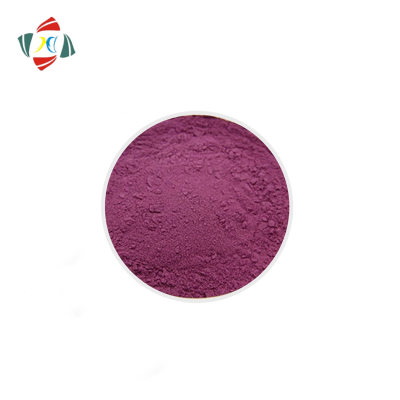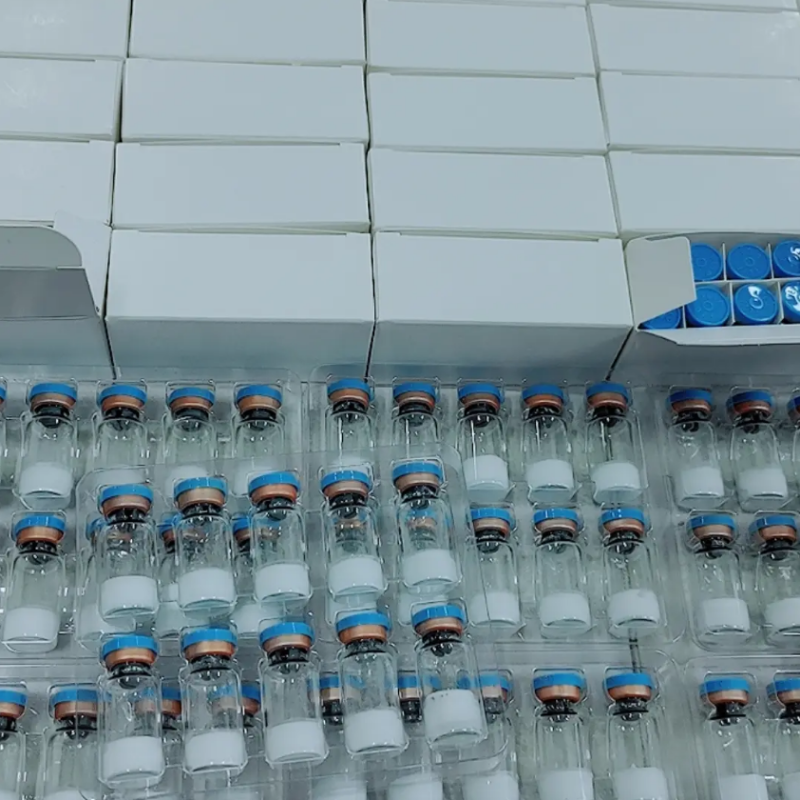What advice do these three Lancet articles give rheumatologists and patients?
-
Last Update: 2020-07-22
-
Source: Internet
-
Author: User
Search more information of high quality chemicals, good prices and reliable suppliers, visit
www.echemi.com
Don't want to miss Jiemei's push? Poke the "rheumatism and nephropathy channel" in the upper right corner to pay attention to us. Click the "·" menu in the upper right corner and select "set as star" for a week. The "wind" cloud contains the latest research and new information in the field of rheumatism and Immunology for you. Welcome to our attention! Abstract: influenza vaccination is very important for patients with rheumatic diseases. What is the risk of nosocomial infection of tolfatib? Low dose radiation therapy has little effect on patients with knee and hand osteoarthritis. 1. Prevention is better than treatment. Influenza vaccine is very important for patients with rheumatic diseases. Patients with rheumatic diseases have low immunity, which leads to 1.5-2.0 times higher hospitalization rate and death risk due to influenza infection. Daily use of drugs including glucocorticoids and anti rheumatic drugs (DMARD) will also increase this Risk, but on the whole, the risk is controllable.however, some drugs may be effective in controlling rheumatic diseases, but they may increase the risk of infection.for example, the use of JAK inhibitors may increase the risk of infection in patients with rheumatoid arthritis (RA).so how can we prevent these vulnerable patients from infection? In fact, influenza vaccination is a very good way.recently, an article in Lancet rheumatology suggested that patients with rheumatic diseases should be vaccinated as early as possible during the flu season.however, it is disappointing that the vaccination rate of patients with rheumatic diseases is very low, which is common in various countries, and there are also large differences among countries.in fact, the immunization rate of influenza vaccine for RA patients is lower than the target of 75% immunization rate of high-risk population proposed by the World Health Assembly, which has little effect, so many people give up.and the differences among countries are largely due to the differences in vaccination policies.in addition, the low vaccination rate of RA patients may be due to a "bad cognition" of vaccination, that is, vaccination may lead to the onset of disease.one potential way to solve this problem is to adjust the existing vaccine preparation to increase the effective dose or make it have higher immunogenicity.for RA patients, there is no need to worry about the risk of vaccination. The commonly used high-dose influenza vaccine is safe and can achieve higher antibody response than the standard dose.in 2019, the European rheumatism Federation (EULAR) updated its 2011 recommendations for vaccination of adult patients with autoimmune inflammatory rheumatism.emphasized the importance of joint decision-making between patients and physicians, and the importance of annual discussion on vaccination.and advocate that patients should be vaccinated before the disease is in "dormant state" or immunosuppressive treatment.the effect of conventional treatment and biological DMARD on the immunogenicity of influenza and other vaccines remains to be explored.at the same time, there are also researchers studying the effect of treatment time on vaccination in rheumatic patients. A randomized controlled study in RA patients showed that withdrawal of methotrexate improved the efficacy of the vaccine, and there was no difference between the withdrawal of methotrexate for 2 or 4 weeks, and did not lead to increased disease activity.nevertheless, EULAR does not recommend that patients discontinue methotrexate before or after influenza vaccination. 2 severe infection of tolfatib? Compared with several other anti rheumatic biological agents, is there any advantage! As mentioned above, when doctors prescribe DMARD for patients with rheumatoid arthritis disease, the risk of serious infection is a matter of caution. compared with biological DMARDs (bdmads), there is less evidence of the risk of serious infection caused by the targeted synthesis of (TS) DMARD tropicalib, which makes many doctors question this. therefore, some researchers compared the risk of severe infection between tolfatinib and other bmards. in this study, 130718 RA patients were identified and followed up to collect the frequency of bacterial, viral and opportunistic infections. of the 100790 people followed up each year, 3140 patients developed severe infection. compared with etanercept, the risk of infection associated with tropicalib was relatively high, with HR of 1.41 (95% CI 1.15-1.73). at the same time, the risk of infection of tolfatib was slightly higher than that of abatacept, golimumab and tocilizumab, similar to adalimumab (HR: 1.06, 0.87-1.30) and cetuximab (HR: 1.02, 0.80-1.29), and lower than infliximab (HR: 0.81, 0.65-1.00). based on the results of the study, the researchers believe that there are potential differences in the risk of severe infection between tolfatinib and several bdmads in RA patients, and these results can also help doctors to make better clinical medication. Friends of patients need not be afraid to use tolfatib because infection can also be prevented. for example, patients with new infections during torfatib treatment should undergo timely and complete diagnostic tests and begin appropriate treatment measures. at the same time, all patients should be closely monitored for signs and symptoms of infection during and after treatment with tolfatib. torfatib is the first oral small molecule targeted JAK kinase inhibitor for the treatment of RA, and its mechanism of action directly targets the inflammatory center. although it has a certain risk of infection, we can't stop eating because of choking. clinically, the drug regimen can be selected according to the specific conditions of patients. at present, tolfatib has been listed in China and has entered the medical insurance system. It is believed that more RA patients will benefit from this. 3 for patients with knee and hand osteoarthritis, low-dose radiotherapy may be just a placebo. In some countries such as Germany, low-dose radiotherapy is usually used to treat some benign diseases (including osteoarthritis). its effect in knee and hand osteoarthritis has been concerned by some researchers. in the previous two randomized controlled trials, the 3-month follow-up results showed that low-dose radiotherapy had no substantial impact on the clinical outcomes of patients with knee and hand arthritis. What about the results at 6 months and 12 months? The researchers recruited patients with knee and hand arthritis in the rheumatology department. According to the American Society of Rheumatology (ACR) criteria, patients with knee or hand arthritis must have pain scores of 5 or more in at least 15 of the past 30 days. the patients were divided into groups according to the score, and then received low-dose radiotherapy or sham operation intervention. after 6 or 12 months of treatment, the researchers found that 41% of patients with knee arthritis responded to low-dose radiation therapy after 6 months of treatment, while 35% of patients who received sham operation responded. after 12 months of treatment, 52% of the patients treated with low-dose radiotherapy responded, and 44% of the patients in the sham operation group responded. however, in patients with hand osteoarthritis, 28% responded to low-dose radiotherapy for 6 months, and 31% of patients in sham operation group responded to treatment. after 12 months of treatment, the probability of patients responding to treatment in the two groups was 31% and 27%, respectively. unfortunately, the researchers did not see the advantage of low-dose treatment. for such results, the researchers said that previous observational studies reported that low and medium dose radiotherapy had better effect, which may be the effect of placebo. What do you think of this as a rheumatologist? Welcome to the comments section for interaction ~ resources: [1]
This article is an English version of an article which is originally in the Chinese language on echemi.com and is provided for information purposes only.
This website makes no representation or warranty of any kind, either expressed or implied, as to the accuracy, completeness ownership or reliability of
the article or any translations thereof. If you have any concerns or complaints relating to the article, please send an email, providing a detailed
description of the concern or complaint, to
service@echemi.com. A staff member will contact you within 5 working days. Once verified, infringing content
will be removed immediately.







